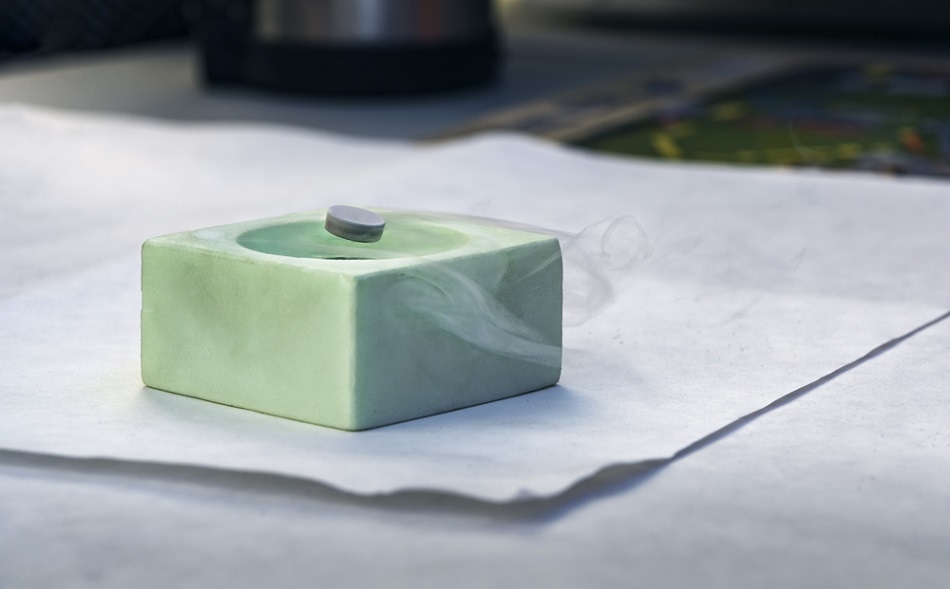Sep 5 2019
Superconductivity can be used to arrest the loss of energy during the transfer from power plants to homes. However, achieving this requires the lines to be cooled to temperatures that are extremely low, rendering wide-scale use of superconductors unprofitable at the moment.
 Forance / Shutterstock
Forance / Shutterstock
Hence, in labs across the globe, scientists are looking for innovative superconductive materials that can work at less prohibitive temperatures. Hopes on what are called cuprates—compounds based on copper and oxygen, also known as high-temperature superconductors—are so high, and the scientific community has been focusing its efforts on these superconductors.
An experiment performed at the European Synchrotron Radiation Facility (ESRF), the European source of synchrotron-generated light, in Grenoble, managed by the Department of Physics at the Politecnico di Milano, with scientists from the Spin Institute from the National Research Council, Sapienza Università di Roma, and the Chalmers University of Technology in Gothenburg, has unraveled a new characteristic of these materials: the existence of a different types of charge density waves known as dynamical charge density fluctuations.
The research has been reported in Science. It appears that these fluctuations do not interfere with superconductivity; rather, they have an impact on the electrical resistance in the so-called “normal” state, that is, at temperatures greater than the superconducting critical temperature.
The knowledge of the occurrence of these charge fluctuations does not resolve the main riddle, that of superconductivity, but it allows another unusual behavior of cuprates to be explained—that they have an electrical resistance different from that of traditional metals. Moreover, this new “ingredient” could turn crucial in describing superconductivity, without regards to the way this hypothesis is validated in the future.
In 2012, it was found that in several cases, cuprates’ superconductivity is opposed by load density waves, which partially hinder transmission without resistance from electrons in the cuprates, without stopping it altogether. Better insights into these special materials are vital to be able to synthesize superconductors that work at around the room temperature, which is currently a major scientific and technological challenge.
The experiment which enabled this observation was performed at the ESRF using RIXS technology, which studies the desired X-ray diffusion directions of the material being analyzed.